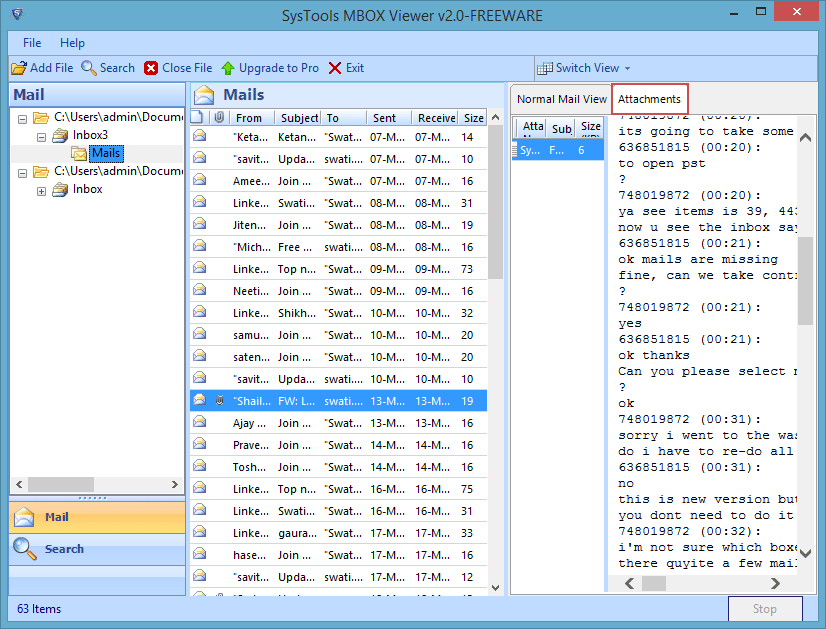

If the diagonal is false, it will be replaced by 1.0s. They will read a lower (or upper) triangular matrix from the clipboard and return a full, symmetric matrix for use by factanal, factor.pa, ICLUST, etc. and are adapted from John Fox's read.moments function in the sem package. Similarly for a csv file with blank entries, will replace empty fields with NA. If the input file that was copied into the clipboard was an Excel file with blanks for missing data, then () will correctly replace the blanks with NAs. Read.clipboard was based upon a suggestion by Ken Knoblauch to the R-help listserve. To create a new file using RStudio (or on a PC) you can use the link function. Note that new=TRUE option in write.file works only in R.app and not in RStudio. If no suffix is added, it will write as a. For more complicated file structures, see the foreign package, or the save function in R Base. By examining the file suffix, it chooses the appropriate way to write. The write.file function combines the file.choose and either write.table or saveRDS. If you have a file written by JMP, you must first export to a csv or text file. For more detailed information about using read.spss, see the help pages in the foreign package. Just as read.spss issues various warnings, so does read.file. The foreign function read.spss is used to read SPSS. If the file is specified and has a prefix of it will be downloaded and then read.Ī comma separated file (e.g. filetype="txt" will read as text file, even if there is no suffix.) However, if the filetype is specified, it will use that type in the reading (e.g. If the file has no suffix the default action is to quit with a warning. In this case, it is necessary to either assign the output (the file name) to an object that has a different name than any of the objects in the file, or to call read.file() without any specification. file, the read.file command will load this file and return the name of the file. In the unlikely case that a fwf file does have a header, then you probably should try fn <- file.choose() and then my.data <- read.fwf(fn,header=TRUE,widths= widths)įurther note: If the file is a. If the file is fixed width, the assumption is that it does not have a header field. If this is not true, then make sure to specify header = FALSE. Note that read.file assumes by default that the first row has column labels (header =TRUE). For even more complicated file structures, see the rio or haven packages. For more complicated file structures, see the foreign package. By examining the file suffix, it chooses the appropriate way to read. The read.file function combines the file.choose and either read.table, read.fwf, read.spss or read.xport(from foreign) or load or readRDS commands. This is particularly convenient when copying from a text book or article and just moving a section of text into R.) Although it is easy to just read from a file (particularly if using file.choose, copying from the file to the clipboard and then reading from the clipboard is also very convenient (and somewhat more intuitive to the naive user). DetailsĪ typical session of R might involve data stored in text files, generated online, etc. The contents of the file to be read or of the clipboard. If specified the reading will use this term rather than the suffix. (x,file=NULL,row.names=FALSE,f=NULL.) Arguments Write.file(x,file=NULL,row.names=FALSE,f=NULL.) #read in data using a fixed format width (see read.fwf for instructions)

#read in a matrix given the lower off diagonal (header=TRUE,sep='\t'.) #assumes headers and tab delimited (header=TRUE,sep=','.) #assumes headers and comma delimited ) #assumes headers and tab or space delimited Usage read.file(file=NULL,header=TRUE,=FALSE,to.ame=TRUE,sep=",", Data may also be read from lower (or upper) triangular matrices and filled out to square matrices. Data may be copied to the clipboard from Excel spreadsheets, csv files, or fixed width formatted files and then into a ame.
#Download excel reader on mac for rstudio for mac
Input from the clipboard is easy but a bit obscure, particularly for Mac users. The default values for read.spss are adjusted for more standard input from SPSS files. Files associated with objects with suffixes. Files saved with writeRDS have suffixes of. txt mode may be read if widths is specified. sav (i.e., data from SPSS sav files may be easily read.) Data exported by JMP or EXCEL in the csv format are also able to be read. ames may be read from files with suffixes of. Input from a variety of sources may be read. Read.file: Shortcuts for reading from the clipboard or a file Description


 0 kommentar(er)
0 kommentar(er)
